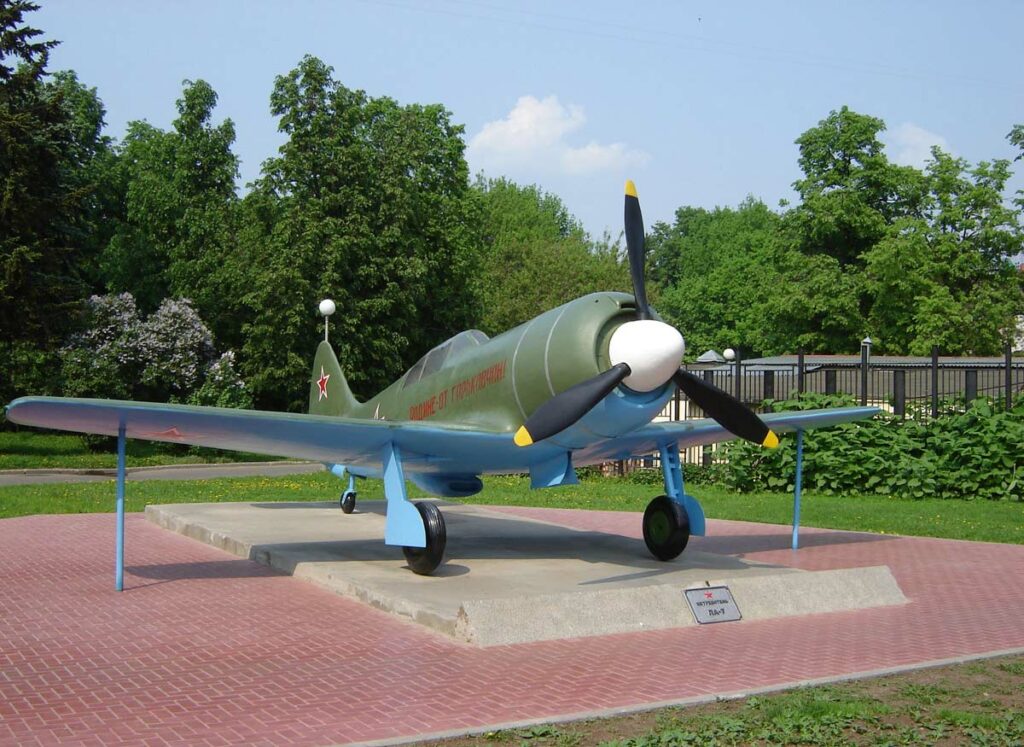The Lavochkin La-7 is a high-performance Soviet fighter aircraft of WWII, known for its speed, agility, and advanced aerodynamics. First flown in 1944, it was a pinnacle of piston-engine design. The Lavochkin La-7 represents a significant chapter in aviation history, marking the Soviet Union’s advances in fighter aircraft technology during WWII. Its development was a response to the evolving aerial warfare needs of the time.
History of Development:
In the early 1940s, the Soviet Union faced intense aerial combat challenges on the Eastern Front. The need for a superior fighter aircraft to counter German advancements became crucial. The main objective was to create a fighter with superior speed, maneuverability, and armament to dominate the skies. The La-7 program, initiated by the Lavochkin design bureau, first took flight in 1944, showcasing immediate promise.
The La-7 emerged during a pivotal era in aerial warfare, representing a strategic advancement for the Soviet Air Force.
Design of the aircraft
Technical Specifications:
- Dimensions: Wingspan: 9.8 meters (32.1 ft), Length: 8.6 meters (28.2 ft)
- Weight: Empty: 2,605 kg (5,743 lbs), Loaded: 3,265 kg (7,195 lbs) Advantages and Drawbacks:
The La-7’s design offered improved aerodynamics and a lightweight airframe, enhancing speed and agility. However, it faced limitations in high-altitude performance. Contributions to Aircraft Design:
The La-7’s design elements influenced future fighter aircraft, setting a benchmark in piston-engine fighters. Performance:
Powered by an Ash-82FN radial engine, it delivered 1,850 horsepower. The La-7 achieved a top speed of 661 km/h (411 mph) and a service ceiling of 10,450 meters (34,285 ft). With a combat range of 660 km (410 miles), it outperformed many contemporaries, notably in speed and maneuverability.

Military Use and Combat:
The La-7 was armed with three 20mm Berezin B-20 autocannons, making it formidable in air-to-air combat.
The La-7 saw extensive use in the latter part of WWII, particularly in the Eastern Front. It played a key role in several major battles, showcasing its effectiveness against German fighters.
Post-war, the La-7 was supplied to several Eastern Bloc countries, expanding its operational footprint.
The aircraft remained in service until the late 1940s when jet fighters began to emerge. It was eventually replaced by more advanced jet models.
The Lavochkin La-7 stands as a testament to the technological advancements and strategic importance of fighter aircraft during WWII. Its design, performance, and combat history highlight its role in shaping aerial warfare and its enduring legacy in military aviation history.
Back to the Warbirds section.